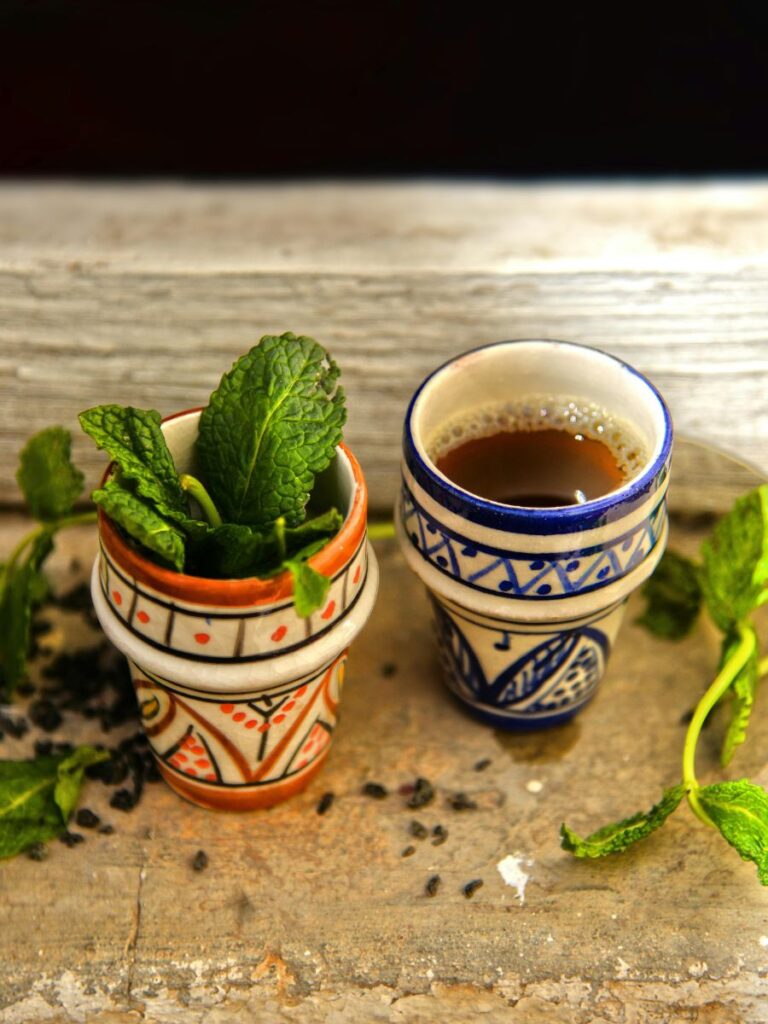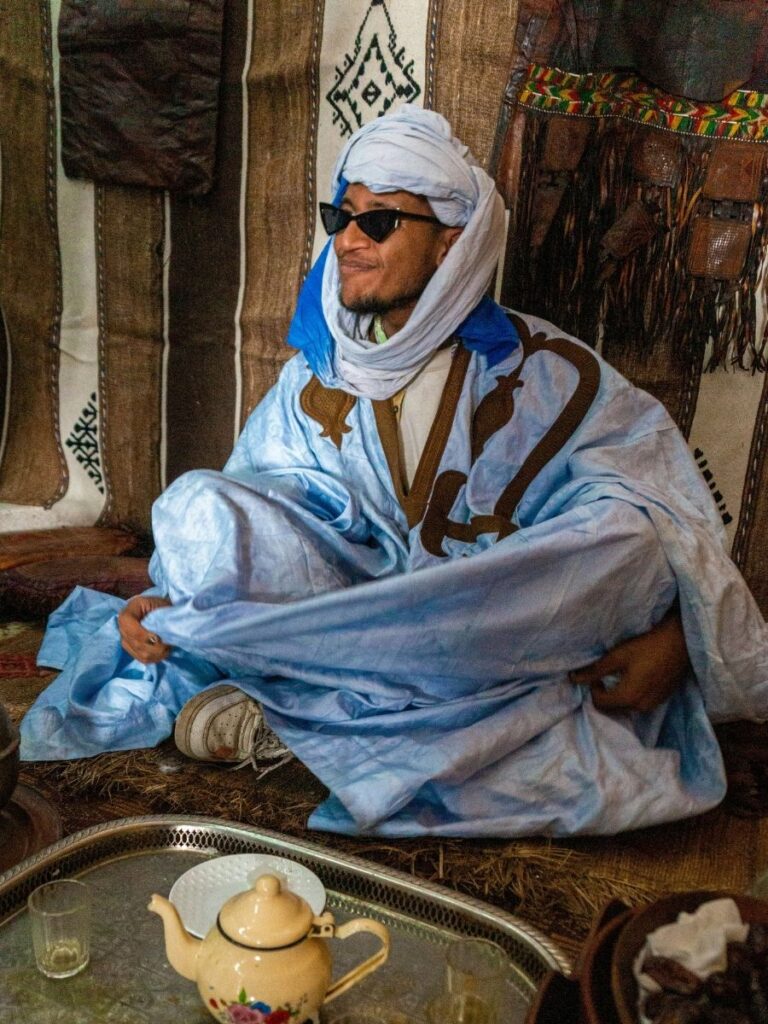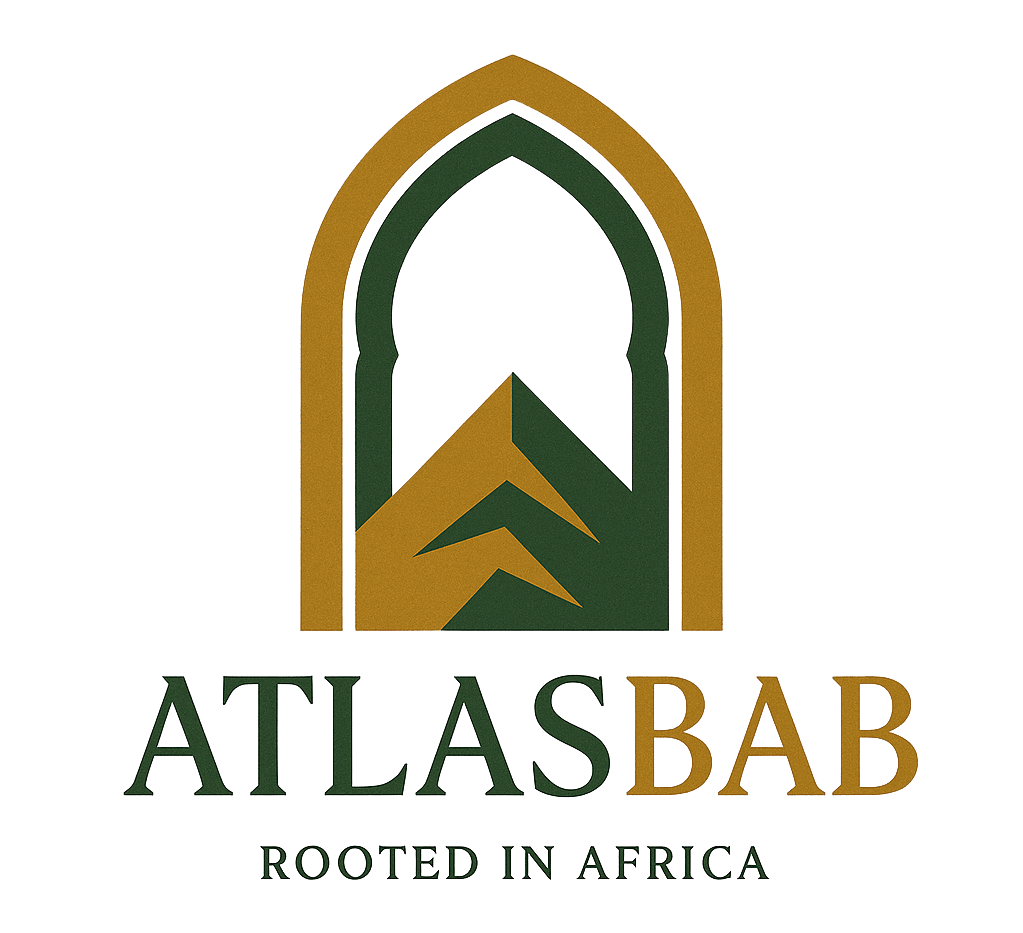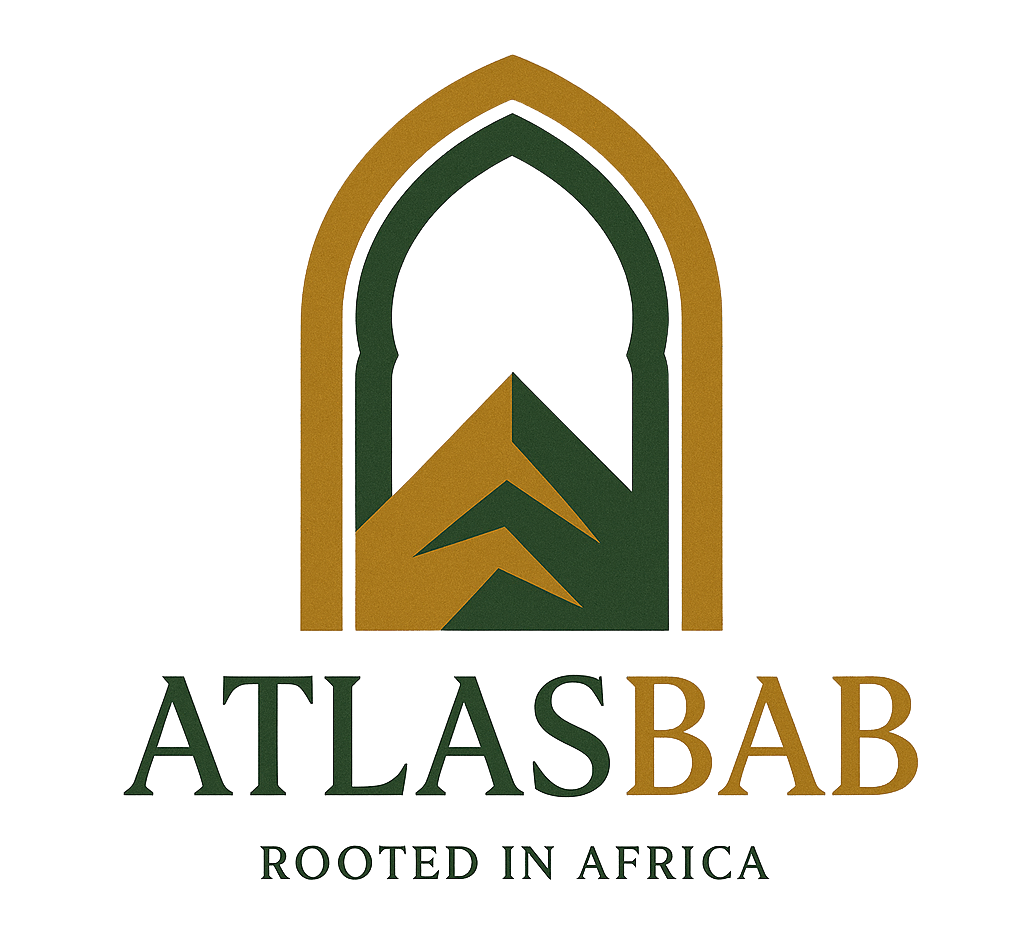In the vast, arid stretches of Morocco’s desert, where the sun beats down relentlessly and water is scarce, there exists a small yet significant ritual that provides both comfort and sustenance—the preparation and sharing of mint tea. Known locally as “Atay”, this refreshing drink holds deep cultural importance and is integral to Moroccan hospitality.
Tea in the desert isn’t just a beverage; it’s a powerful symbol of welcome, community, and tradition. More than that, it’s a practical solution in an environment where thirst can be overwhelming. Tea serves as a natural hydrator, quenching thirst and offering respite from the harsh desert climate. In this post, we’ll explore the significance of tea in Morocco’s desert regions, how it’s prepared, and why it remains a cherished part of desert life, not only for its cultural meaning but also for its hydrating qualities.
Mint Tea: The Heart of Moroccan Hospitality
Tea in the desert is a welcoming gesture—offered to guests as a symbol of hospitality, respect, and friendship. For the Berber tribes, who have long called Morocco’s desert home, offering tea is a tradition that stretches back centuries. Regardless of how remote the location, visitors can expect to be greeted with a steaming cup of mint tea, often prepared in the traditional Moroccan style.
In Moroccan culture, tea isn’t simply served for pleasure—it is an essential part of social bonding. Offering tea symbolizes a sense of generosity and trust, making it a central feature of every gathering, whether in a remote desert village or amidst the dunes of the Sahara. This ritual of sharing tea strengthens community ties and provides an opportunity to connect and share stories, often after a long, tiring journey.

The Ritual of Tea: A Symbol of Connection and Hydration
The preparation of Moroccan tea is an art form. Green tea leaves are combined with fresh mint and sugar to create a drink that is as fragrant as it is flavorful. The tea is traditionally brewed in a small teapot and poured into glasses, often from a height, which creates a frothy, bubbly surface. This height while pouring is also a symbol of the host’s generosity—more height means more hospitality.
While mint tea is delicious, it also plays a vital role in combating the dry, hot conditions of the desert. Tea is known to have a hydrating effect and is particularly effective in reducing thirst. The combination of hot tea with the cooling properties of mint helps replenish lost moisture, making it a perfect drink in the desert heat. In fact, the ritual of sharing tea is often done after long periods of physical exertion, as it soothes the body, helps rehydrate, and restores a sense of comfort.
The Symbolism of Tea in the Desert
In the desert, where survival is often a daily challenge, tea becomes more than just a drink—it is a symbol of life. Here’s a closer look at the deeper symbolism behind tea in the desert:
1. Hospitality and Respect
Tea in Morocco is synonymous with hospitality. Offering a guest a cup of tea is a ritual steeped in respect and honor. In desert communities, where resources like water are limited, offering tea is an especially significant gesture. The host’s willingness to share this precious drink reflects a deep respect for the guest and a tradition of generosity.
2. A Tool for Hydration
In the desert, staying hydrated is a necessity for survival. The extreme heat can leave travelers feeling parched, and water may not always be readily available. Tea, particularly when served hot, helps to reduce thirst and keep the body hydrated. The combination of green tea and mint can be a refreshing way to replenish fluids after a long day of travel across the desert.
3. Community and Connection
Sharing tea is an act that brings people together. In the desert, where vast expanses of sand often separate communities, tea serves as a way to connect with others. Whether it’s a gathering of family members after a long day’s work or a chance encounter with a passing nomad, tea offers an opportunity to share stories, experiences, and wisdom. It’s a moment of pause and reflection that allows people to slow down and connect with one another.
Tea and the Nomadic Life: A Constant Companion
For the nomadic Berber tribes of the desert, tea is much more than a tradition—it is an essential part of daily life. In the harsh environment of the Sahara, where water sources are scarce and temperatures soar during the day, tea provides a much-needed respite.
Nomads, who travel long distances across the desert in search of pasture for their animals or new trade routes, rely on tea as a source of both hydration and comfort. The simple act of brewing tea around the campfire or within a nomadic tent offers them a sense of normalcy and stability in an otherwise unpredictable environment.
Even in the middle of the desert, where isolation can be profound, the sharing of tea ensures that no one is ever truly alone. It is a universal symbol of community—a drink that knows no boundaries, whether you’re in a bustling city or in the heart of the Sahara.
Tea’s Global Significance: A Bridge Between Cultures
While tea holds deep significance in Morocco’s desert culture, it has also traveled beyond the borders of the Sahara. Moroccan mint tea is now enjoyed around the world, and its cultural importance has become globally recognized. In Moroccan restaurants and cafés across the globe, tea is served as a symbol of Moroccan hospitality, allowing people from all walks of life to connect through this simple yet profound ritual.
In Morocco, as in many cultures, tea has become an important part of social rituals and shared experiences, creating connections that go beyond geography. Just as it unites people in the desert, it continues to do so in modern cafes, creating an opportunity for conversation and connection over a shared drink.

The Enduring Legacy of Tea in the Desert
In the Moroccan desert, tea is more than just a refreshing drink—it is a cultural pillar, a symbol of hospitality, connection, and hydration. Whether offered to a guest, shared among family members, or enjoyed by a weary traveler, tea in the desert is a moment to pause, reflect, and appreciate the simple pleasures of life.
As much as it quenches thirst, mint tea also nourishes the spirit, offering warmth, comfort, and a deep connection to Morocco’s rich cultural heritage. The tradition of tea in the desert is timeless, a practice that continues to endure across generations, transcending the changing sands of time.


